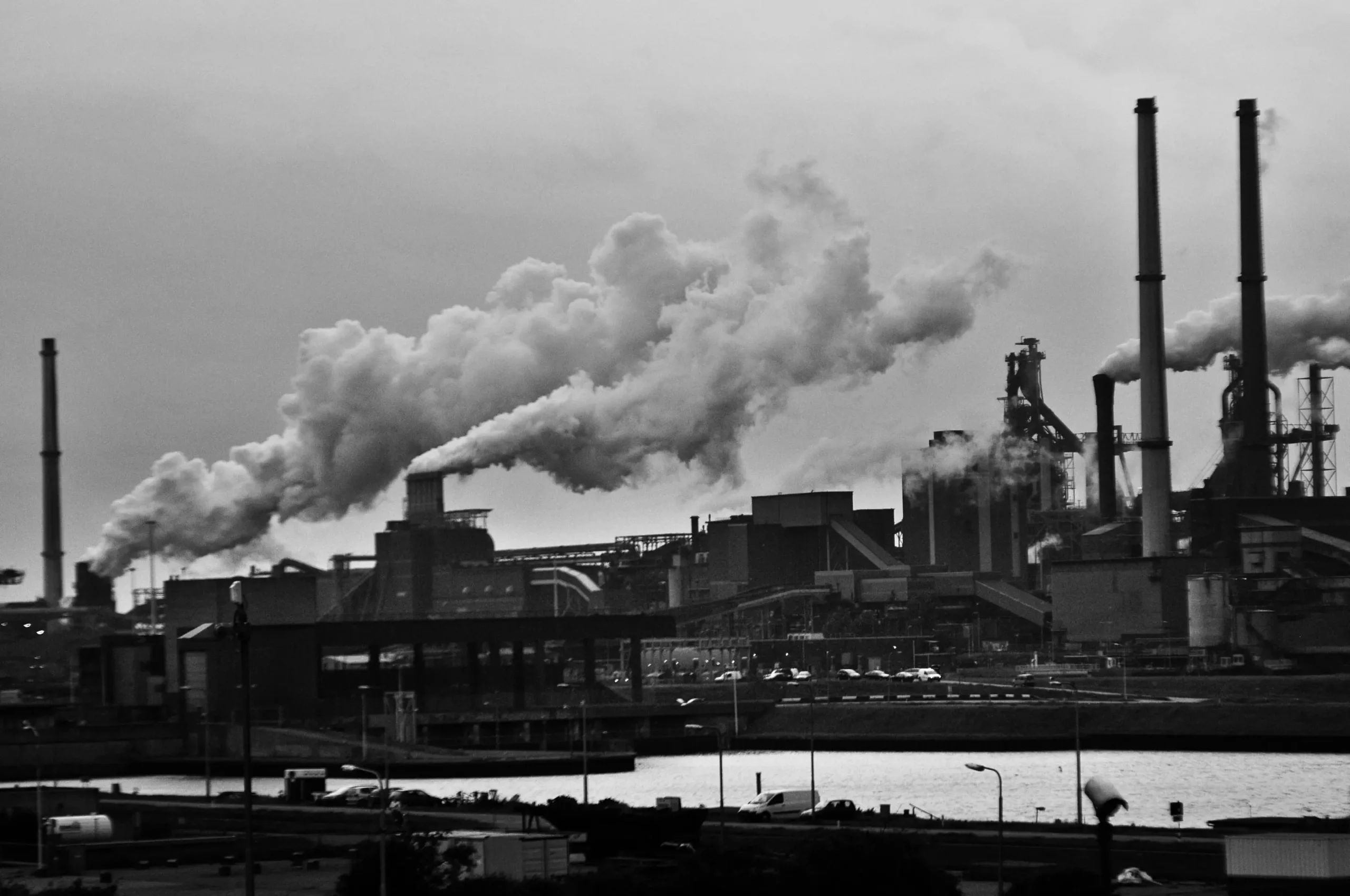As the United States approaches the conclusion of a record-breaking summer, the energy sector is facing unprecedented challenges marked by soaring electricity demands fueled by persistent heat waves. In this scenario, the role of electricity generation plants, particularly peaker plants, has become a focal point of concern. These facilities—essential for managing sudden spikes in energy demand—typically operate at higher emissions levels compared to their more efficient counterparts. As climate change continues to exacerbate weather extremes, exploring alternative solutions to support electricity generation is a pressing necessity.
Peaker plants are designed to operate during peak demand times. They are characterized by their ability to quickly produce electricity, but at the expense of efficiency. They predominantly burn natural gas, alongside a mix of oil and coal, accounting for nearly 999 facilities across all states. Ironically, as renewables like solar and wind contribute more to the energy grid, these peaker units are increasingly utilized to supplement the fluctuations inherent in these sources. While peaker plants can provide immediate power supply, they do so at a cost; running just a few hours a year, they nonetheless can significantly impact local air quality and public health due to higher emissions of sulfur dioxide, nitrogen dioxide, and other harmful pollutants.
The environmental implications of continued reliance on peaker plants cannot be overstated. While fossil fuel generation in the U.S. has decreased remarkably due to investment in renewable energy, it still constitutes around 60% of electricity production, which contributes notably to air pollution. Vulnerable communities are disproportionately affected, as studies reveal that low-income and minority neighborhoods are more likely to be situated near these facilities. This association poses significant public health risks, leading to potential respiratory and cardiovascular illnesses among residents living within proximity to peaker plants.
Addressing the challenges posed by peaker plants necessitates exploring various innovative alternatives to electric supply and demand balancing. One promising solution includes harnessing battery storage capabilities, which can store surplus energy generated from renewables during high-output periods and discharge electricity during peak demand times. The current investment costs in battery technology remain high, but projections suggest a significant decline in costs in the years ahead, making it a viable option for the future.
Additionally, enhancing transmission infrastructure could provide another remedy. By improving the ability to transmit electricity from lower-cost sources located further away, local dependence on peaker plants might diminish. However, erecting new transmission lines entails navigating complex regulatory hurdles, which may limit the speed of expansion.
Demand response programs present another alternative for demand management, encouraging consumers to modify their energy consumption based on price signals. Such schemes can effectively smooth out demand peaks and valleys, allowing baseload plants to operate more efficiently. However, the implementation of these programs depends heavily on consumer behavior and willingness to change electricity usage patterns in reaction to pricing fluctuations. With advances in technology such as smart thermostats, it may be feasible to automate these adjustments, significantly easing the burden on consumers.
For existing fossil fuel plants, including many peaker plants, investing in emission-reducing technologies could offer more immediate improvements. Despite the higher costs associated with retrofitting older facilities, these adjustments could yield significant benefits in terms of reduced pollution levels. Policymakers must weigh these health advantages against the financial implications for power plant operators to encourage such investments while ensuring cleaner energy production.
As the energy landscape evolves, it beckons a critical reevaluation of the role that peaker plants and fossil fuel generation will play in a future increasingly dominated by renewables. The continuous struggle to meet peak electricity demand amid a changing climate necessitates a multifaceted approach. This approach must include leveraging battery storage, improving transmission lines, engaging consumers through innovative pricing, and retrofitting existing plants to diminish emissions. The transition from fossil fuels towards a more sustainable energy grid requires not only technological advancements but also bold policy decisions designed to prioritize environmental health and community welfare. Investing in alternatives can ensure that the lights stay on while safeguarding public health and the environment in an era increasingly defined by climate change.

